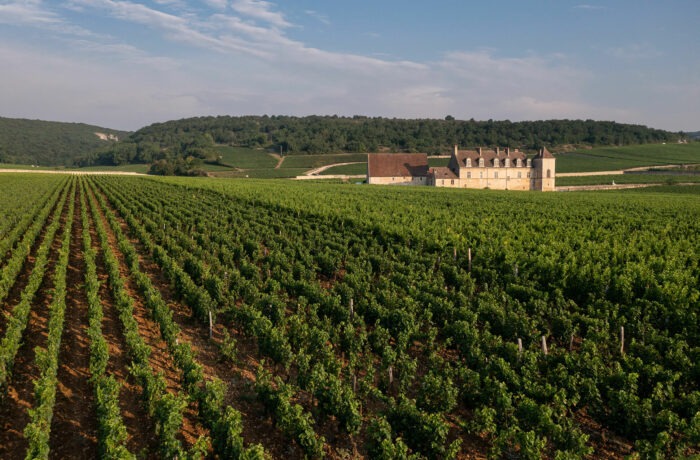Côte de Nuits: Burgundy’s most famous wine region
While it is recognized that Burgundy built the international reputation of many wines that have reached legendary status, the Côte de Nuits is, without a doubt, the most famous of its wine-growing areas. This narrow strip of land, 20 kilometers long, is home to 33 of Burgundy’s Grands Crus. Coveted throughout history, these wines are recognized as among the world’s best and fascinate wine lovers with their quality and prestige. As the owner of 6 hectares of vineyards in this region, known as the “Champs-Elysées of Burgundy”, the Domaine Evenstad produces wines conveying with elegance the various qualities of their terroirs.
A unique terroir, the birthplace of exceptional wines
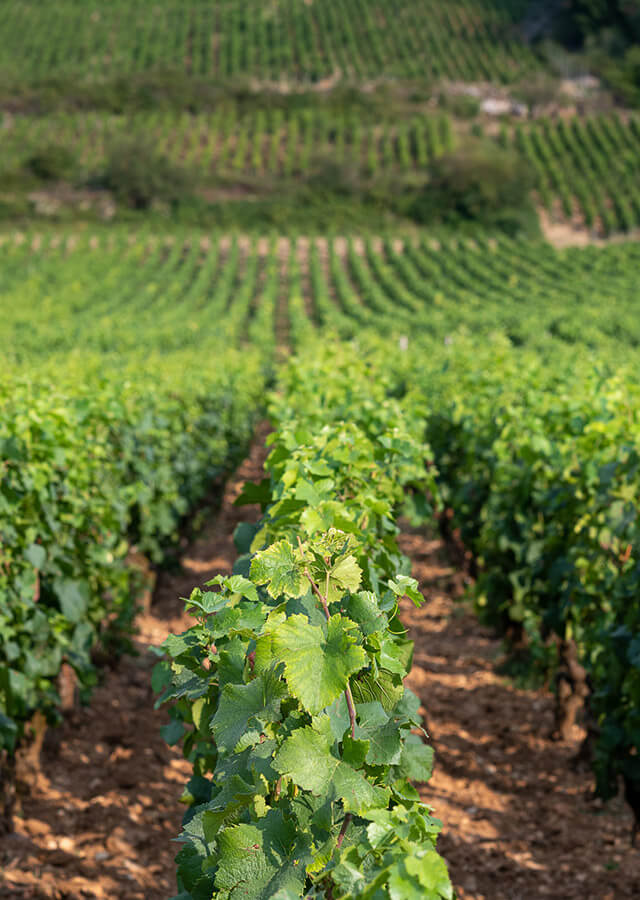 From the north of Marsannay to Corgoloin, the Côte de Nuits wine region extends between the limestone combs of the Massif Central and the plains of the Saône river. Characterized by complex geology, these calcareous and marly soils, enriched with alluvial deposits, are perfect for growing Pinot Noir, a challenging and demanding varietal. Nevertheless, it is the renowned climats – plots carefully delineated throughout history – that have led to the great complexity of Côte de Nuits wines.
From the north of Marsannay to Corgoloin, the Côte de Nuits wine region extends between the limestone combs of the Massif Central and the plains of the Saône river. Characterized by complex geology, these calcareous and marly soils, enriched with alluvial deposits, are perfect for growing Pinot Noir, a challenging and demanding varietal. Nevertheless, it is the renowned climats – plots carefully delineated throughout history – that have led to the great complexity of Côte de Nuits wines.
Present across 11 of the Côte de Nuits climats, the Domaine Evenstad elaborates a range of exceptional wines, including famous Grand Crus such as le Clos de Vougeot and les Bonnes Mares, as well as Premiers Crus and Villages from Chambolle-Musigny and Nuits-Saint-Georges, but also Côtes de Nuits Villages.
What kind of wine comes from the Côte de Nuits?
Red wines from the Côte de Nuits are renowned for their complex aromas, their finesse and their great ageing potential. The Clos de Vougeot, famous Grand Cru vinified by the Domaine Evenstad, is a perfect example. Cultivated since the XIIth century, this historical plot produces wines blessed with a remarkable aromatic intensity. As for the Bonnes Mares, another of the Domaine’s emblematic Grands Crus, it is characterized by powerful and structured wines that may be kept for a long time.
What is the difference between Côte de Nuits and Hautes Côtes de Nuits?
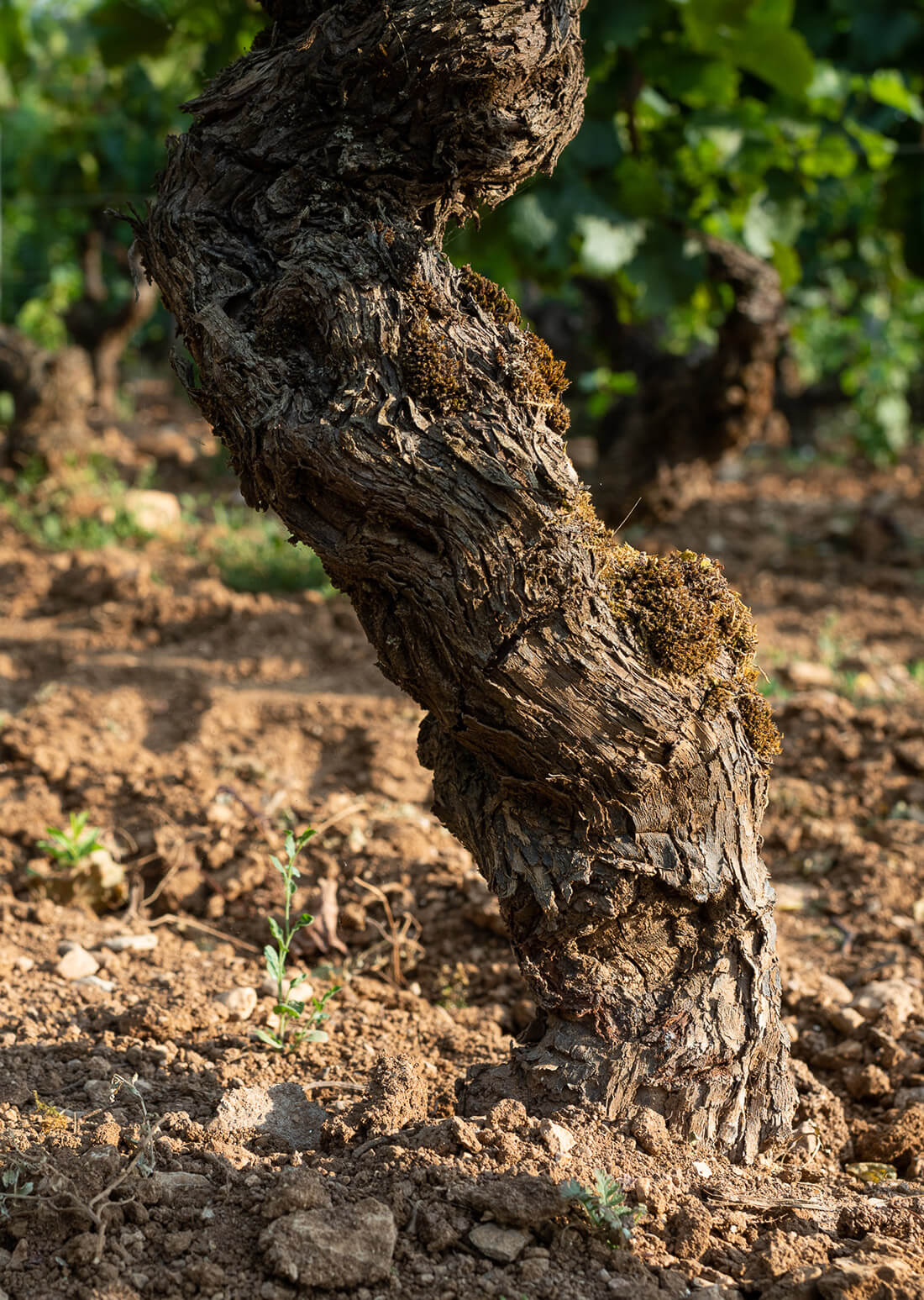
The Côte de Nuits wine region shelters numerous appellations including the Bourgogne Hautes Côtes de Nuits AOC. This sub-appellation is, in reality, a “complementary geographical denomination” for the regional Bourgogne AOC, located on the plateau overlooking the Côte de Nuits.
At a higher altitude (300 to 400 meters), the Bourgogne Hautes-Côtes de Nuits region is a cold area which produces characterful wines, both red and white.
What is the difference between Côte de Nuits and Côte de Nuits Villages?
Among the dozen of village appellations within the Côte de Nuits wine region, the Côte de Nuits Villages AOC has the particularity of being located at the foot of the hill, in contrast to the Bourgogne Hautes Côtes de Nuit appellation. The Côte de Nuits Villages feature aromas of red berries and silky tannins, making them approachable during their youth while also being suitable for ageing. As for the white wines, they are lively, crisp and particularly elegant.
What are the Grands Crus of the Côte de Nuits?
Although the Côte de Nuits is home to numerous Villages and Premiers Crus appellations, it is the Grands Crus that draw the attention of connoisseurs worldwide. Among the most famous, let us mention the following Grands Crus appellations:
In the town of Gevrey-Chambertin
With its nine Grands Crus, including the legendary Chambertin and Chambertin-Clos-de-Bèze, Gevrey-Chambertin is an emblematic village of the Côte de Nuits. Its wines are known for their structure, their power and their exceptional ageing potential.
In the town of Vosne-Romanée
This village shelters legendary Grands Crus such as the Romanée-Conti, La Tâche and Richebourg. The wines are distinguished by their remarkable balance between finesse, intensity and length on the palate.
In the town of Chambolle-Musigny
These wines offer a floral delicacy, a silky texture and a unique aromatic complexity, exemplified by the Grands Crus Bonnes-Mares and Musigny.
To this non-exhaustive list, we may add the Grands Crus of other famous villages, such as Morey-Saint-Denis and Vougeot, also contributing to the reputation of the Côte de Nuits with their legendary wines.
A terroir shaped by history
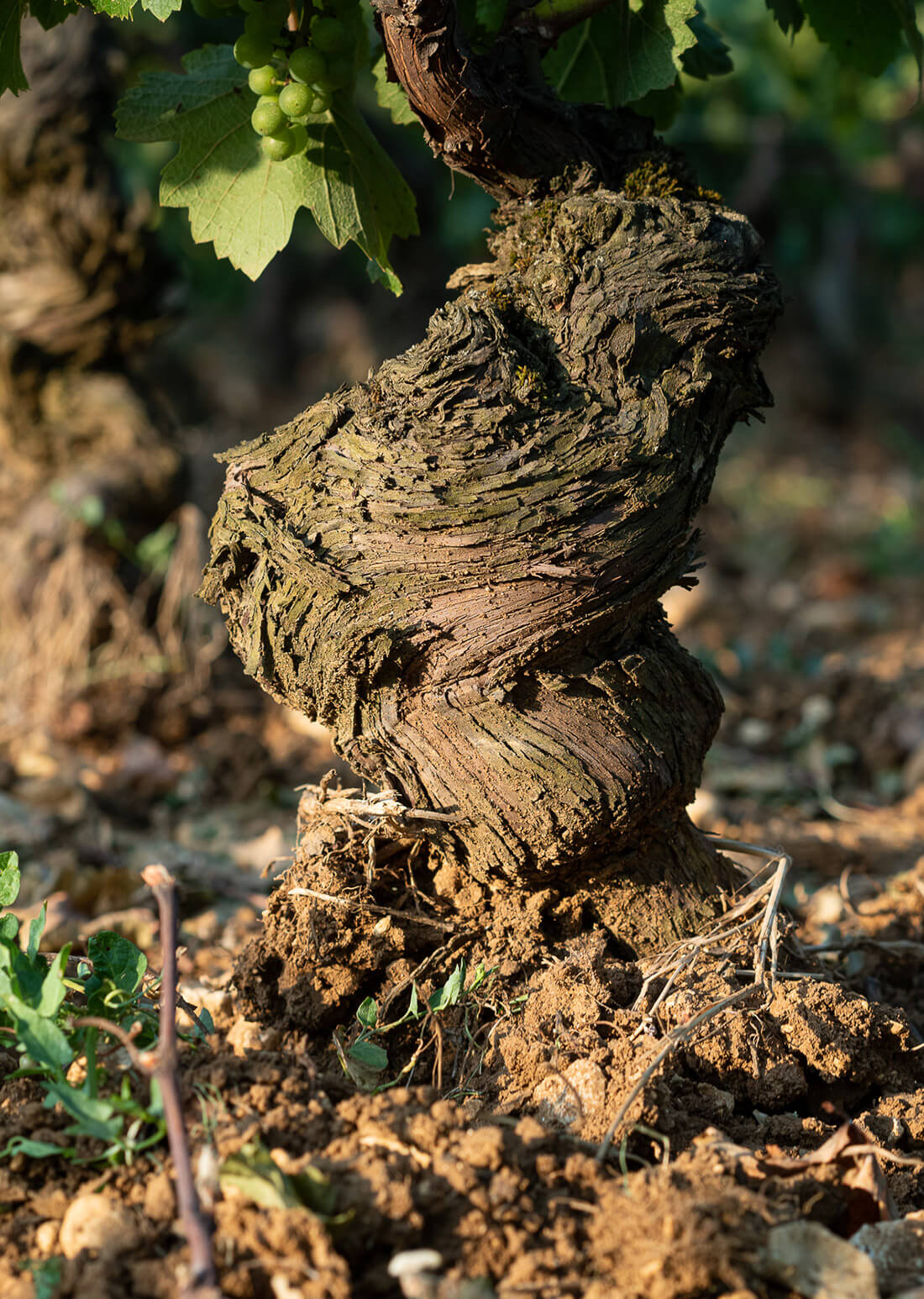 The Côte de Nuits also fascinates with its history.
The Côte de Nuits also fascinates with its history.
Before it became a high place of viticultural production, the region was the home of Cistercian monks who, during the Middle Ages, were the first to structure it.
As the owner of extensive estates, this religious congregation began to structure the land from the late XIth century. Yet, it was when the monks founded the Abbey of Cîteaux (1098) that the region began to rise.
They were said to “have tasted the earth”.
Alternating prayer and relentless work, the monks studied numerous vinification techniques, meticulously documented their observations and experiments and, above all, used low stone walls to delimit parcels of land they named Climats, according to their soil composition, sunlight exposure and position on the hillside. Their methodical work laid the foundations for the current classification of Burgundy wines and 1247 Climats, listed as UNESCO World Heritage since 2015.
An unbreakable bond between power and prestige
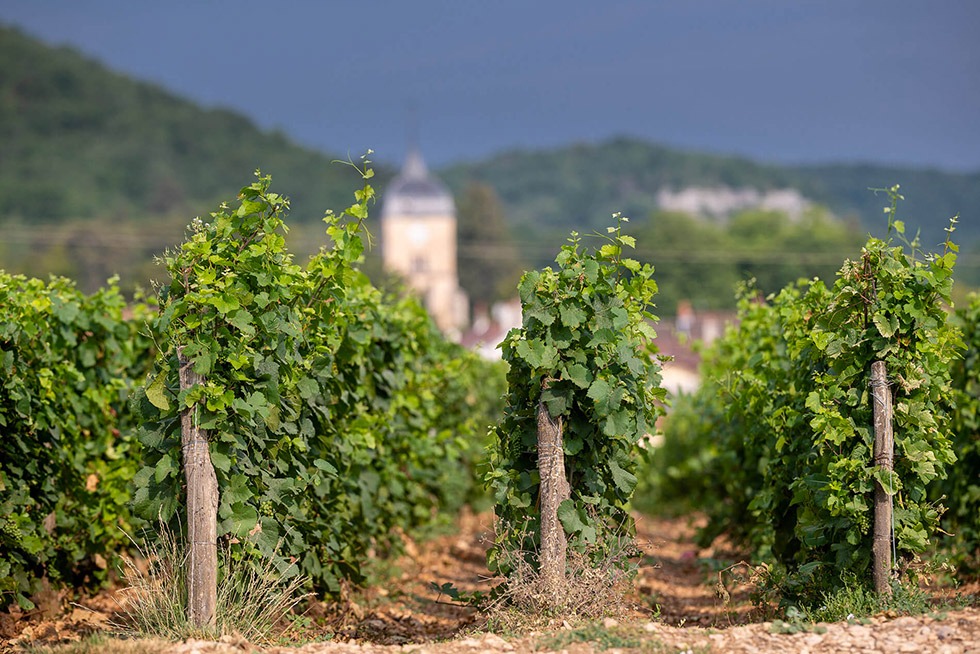
Côte de Nuits Wines have always been associated with power and the elite. Served during diplomatic dinners, these Grands Crus have been part of key moments in French politics, as when the Clos de Tart was served at President Valéry Giscard d’Estaing’s table. The Côte de Nuits has become a reference among collectors and great fortunes.
François Pinault and Bernard Arnault, two of the wealthiest men in France, did not hesitate to invest in these lands, thus acquiring prestigious domaines. This bond between wine and power is nothing new. For centuries, the Grands Crus of the Côte de Nuits were the object of fantasies and their reputation was built around a myth sustained by the elites.
Louis XIV, for example, was believed to have been cured with “Aged Burgundy Wines” recommended by his physician, Fagon, as a diet drink (Fagon’s prescription). Anecdotes such as this one have contributed to reinforcing the aura of Côte de Nuits wines as exceptional bottles.
